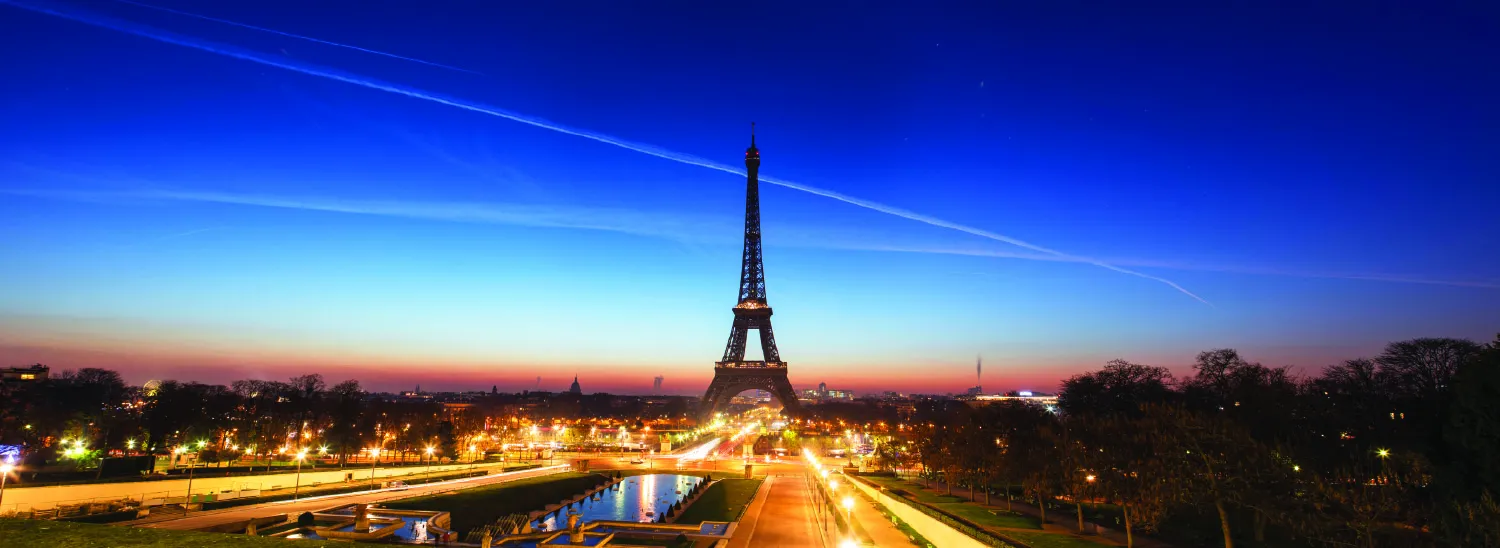Europe and Eurasia

Welcome to Regions of the World, a CFR Education resource exploring the major trends and stories shaping the world today.
This resource is divided into Learning Journeys, each centered around a different geographical region. These will cover the crucial events, relationships, and trends that shape each region. Through these resources, you will gain a better understanding of some of the defining features of each region, and how they shape events across the globe.
Europe and Eurasia
This Learning Journey will cover Europe and Eurasia, a region that encompasses over fifty countries spanning from Portugal to Azerbaijan.
This vast region was home to some of the largest and richest empires, as well as the source of transformative political philosophies. Europe and Eurasia’s modern history has been no less consequential. In the twentieth century, the region was shaped by devastating world wars and the decades-long cold war that followed. Throughout this period, the continent witnessed the rise and fall of powerful alliances and institutions. It also reckoned with its own history, including centuries of colonization.
Today, Europe and Eurasia face new challenges, such as mass immigration, interstate conflict between powerful militaries, and an uncertain future—both for its economies and its relationship with its own allies.
But the region has also proven to be resilient. Despite challenges, democratic governments dominate the region, which is also home to some of the largest international institutions in the world, including the North Atlantic Treaty Organization (NATO) and the European Union. These organizations help to unite large portions of the region around a shared sense of European identity. But they have also been the subject of debate and conflict as countries embrace that sense of identity, reject it, or advance alternative visions of it. What it means to be European—both culturally and politically—will remain an open question that could shape events on the continent for decades to come.
Continue through this learning journey to further explore this vast and dynamic region.